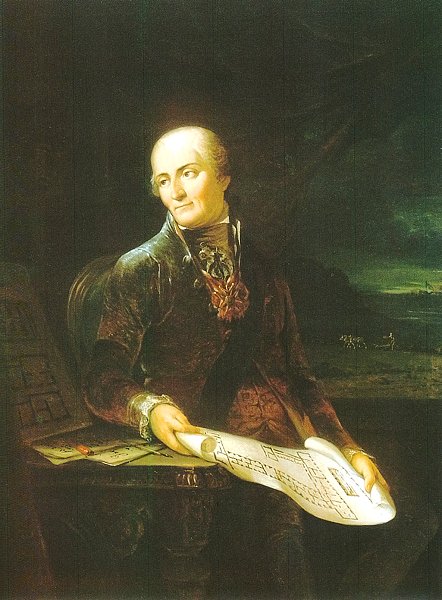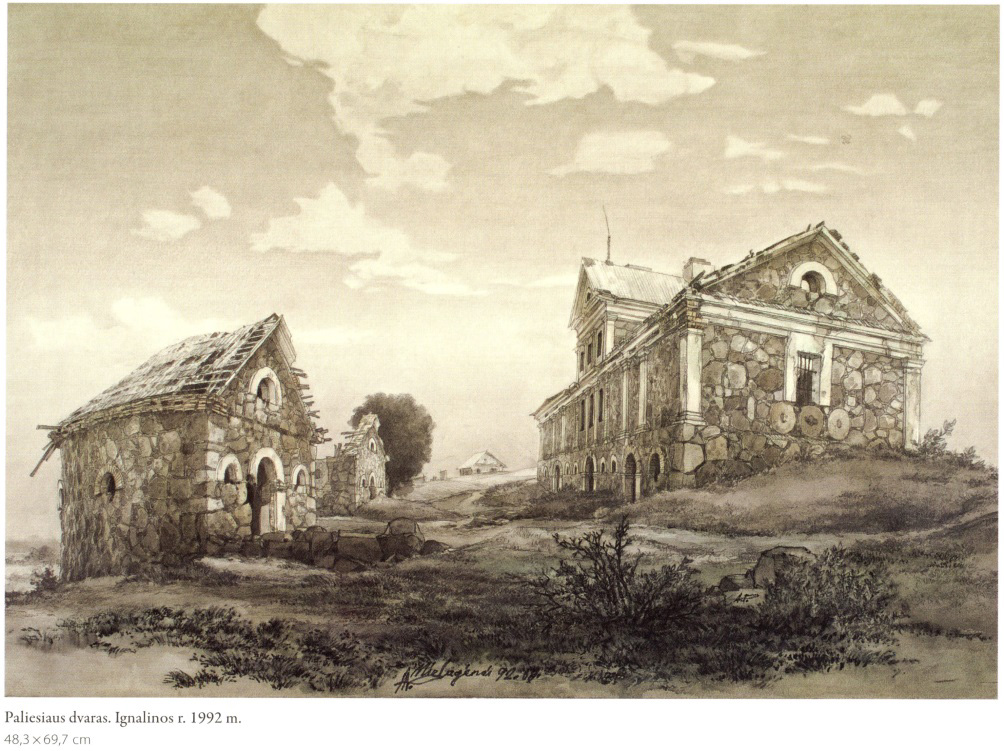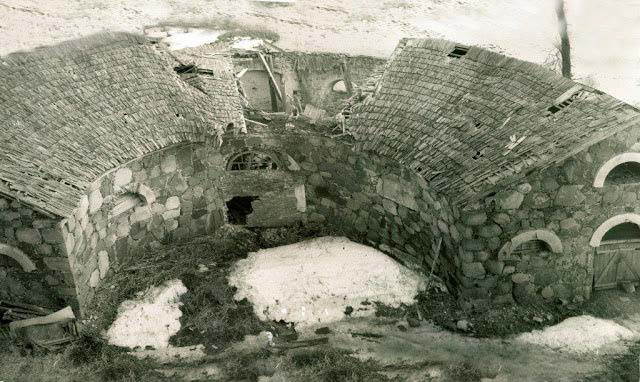About Paliesius manor
We are proud of becoming the most attractive European health and wellbeing tourism destination in Lithuania in 2019!
During the tourism exhibition “Adventur” in Lithuanian Exhibition and Congress Centre LITEXPO, the winners of the EDEN “Most attractive European Destinations in Health Tourism 2019” award in Lithuania were announced. In Lithuania, the winner of this European Union contest, which focused on health and wellbeing tourism this year, was the Paliesius Manor in Ignalina region, with the physical exertion therapy clinic in the manor’s territory.
“We do everything so that people could be healthy and happy. And we do this not just by providing medical services but also by organizing concerts because we believe that being healthy is about more than just physical wellness: it is also about spiritual wellness.”
HISTORY:
The history of Paliesius manor dates to the 17th century when the counts Tyzenhaus acquired a manor here. At the time, there was a sauna and a brewery by the Kančiogina stream. The name of the place was hinted at by nature itself, unique in its landscape and mysterious diversity: that what is by the forest, “paliesiuje”. This is how the Paliesius area was born; the Paliesius manor became its centre.
In 1671, historical documents mention the Tyzenhaus as the owners of Paliesius manor.

Antoni Tyzenhaus (painted by Jan Rustem)
With the passing years, the owners of the manor changed and so did the manor. The 19th century is considered to be the golden age for the manor. From 1736, the manor belonged to Kublicki, a family of Livonia’s government officials (Livonia’s cupbearers Justyna Kublicka and Kazimierz Piotr Kublicki), who were related to the Lithuanian nobles Sołtans. With the Kublicki family running the manor, a residential building with stables was built, which is now called the Steward’s House. Next to the building, stables of an atypical semi-circular shape were built, connected to the residential building with a covered yard. Only later was an unsophisticated plastered brick building constructed – the manor into which the owners moved.
Next to the building, there was a chapel, an ice cream parlour, and a representative yard-park. The fact that the Kublicki were not in a hurry to construct residential buildings means that they cared more about the farm rather than it being representative. This is also confirmed by the letters of the painter Wincenty Smokowski to his wife Emilia Kublicka where he mentions that the brothers Kublicki use modern farming methods, have the newest equipment, that their farm is large, tidy and the manor’s library rich. In 1779, the Kublicki funded the Mielagėnai church. The Paliesius manor was more important than the whole Mielagėnai town: it was a big centre of Lithuanian economic prosperity and cultural diffusion; at the time, the whole ensemble of Paliesius manor was formed.
Brothers Stanislaw and Adolf Kublicki were active organizers and participants of the 1831 uprising in the Užneris district. After the uprising, they were forced to escape to Prussia.

Wincenty Smokowski

Coat of arms of Kublicki
Wincenty Smokowski, who painted the famous painting “Stephen Bathory Founding Academy in Vilnius”, also lived at Paliesius manor. The Mielagėnai church is decorated with his impressive paintings: “St. Matthew the Evangelist,” “St. Mark the Evangelist”, “St. Luke the Evangelist” and “St. John the Evangelist”; the great altar is adorned with his painting “St. John the Baptist” and the presbytery with his “Crucifixion of Jesus”. In 1838, he made the beautiful sculptures of St. Peter and St. Paul from stucco to decorate the portico and the Kublicki busts and a memorial plaque in the presbytery.

Mielagėnai church from the inside

“Stephen Bathory Founding Academy in Vilnius”
From the mid-19th century to the mid-20th century, the manor experienced a decline. In 1887, Liubimov bought Paliesius manor in an auction and became the administrator of the manor in 1900. Later, the control of the manor was taken by a landlady Povarova. She sold the manor to major general von Ekse; after his death, his widow Maria Dmitrievna von Ekse sold the manor’s lands and mortgaged the remaining lands to the Vilnius Land Bank. In 1921, Romuald Brzezinski became the owner of the manor but just before the Second World War, when this part of Lithuania fell under Belarus’s control, the manor was nationalized. After the nationalization of 1940, the manor came under the control of the Cirkliškis kolkhoz. During the Soviet era, the water mill and other manor buildings fell into ruin, the property was looted. It should be noted that the manor house still stood in 1956, even if its condition was poor; but the manor house met its end at the hands of the local residents that carried off its walls brick by brick.

A drawing by Arūnas Romualdas, 1992

A photograph of the former stables (now the Horseshoe concert hall), circa 1970
